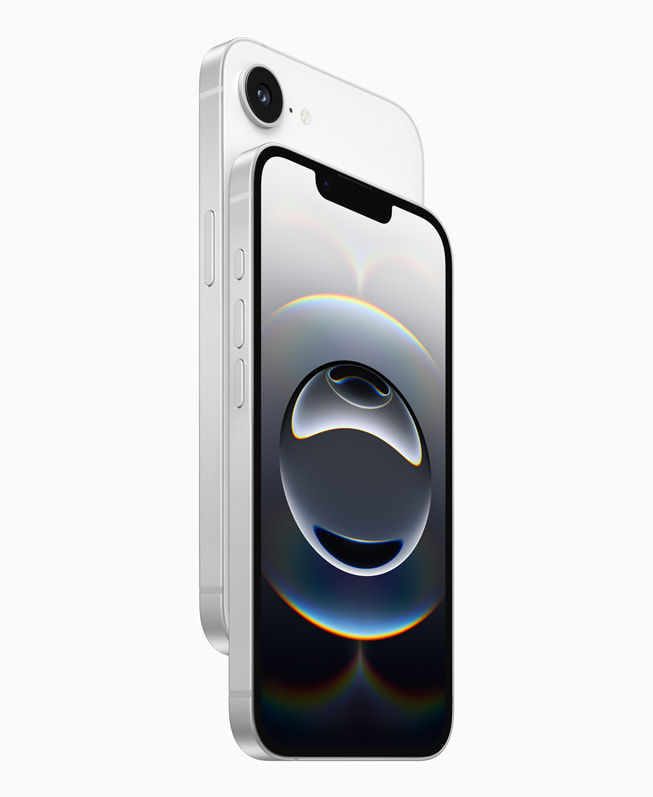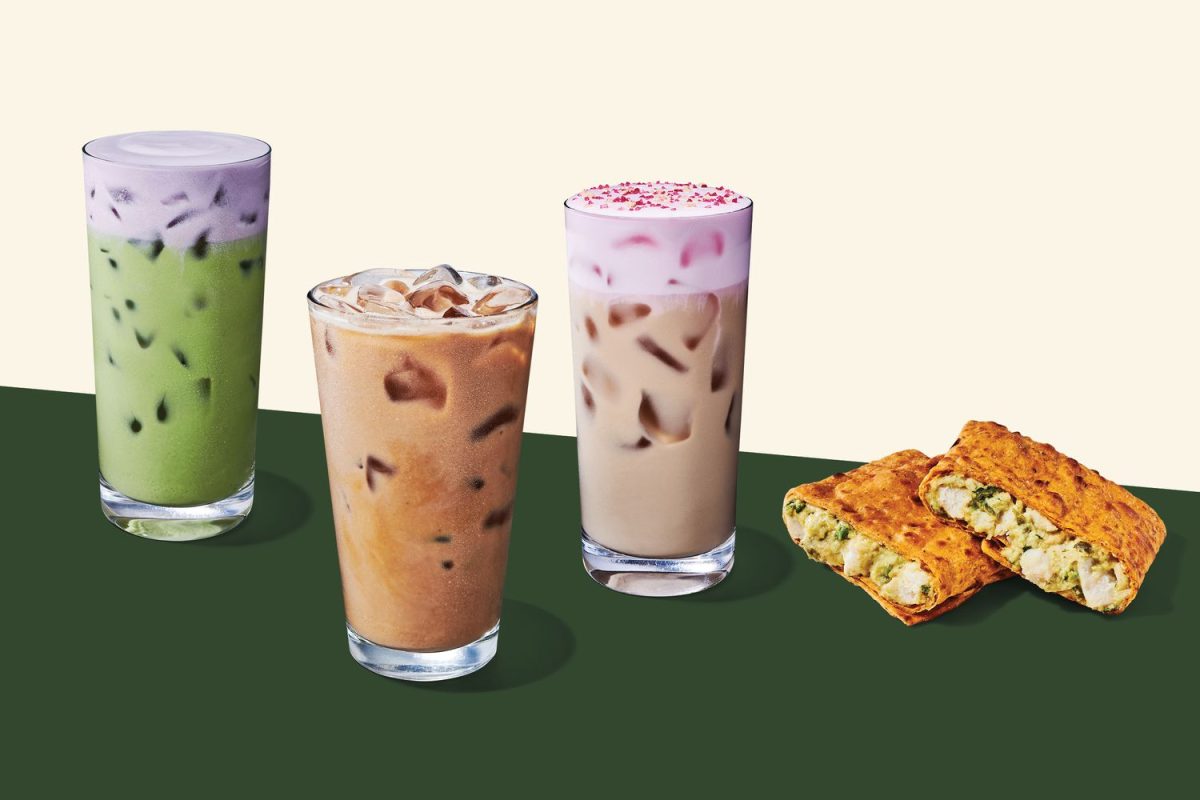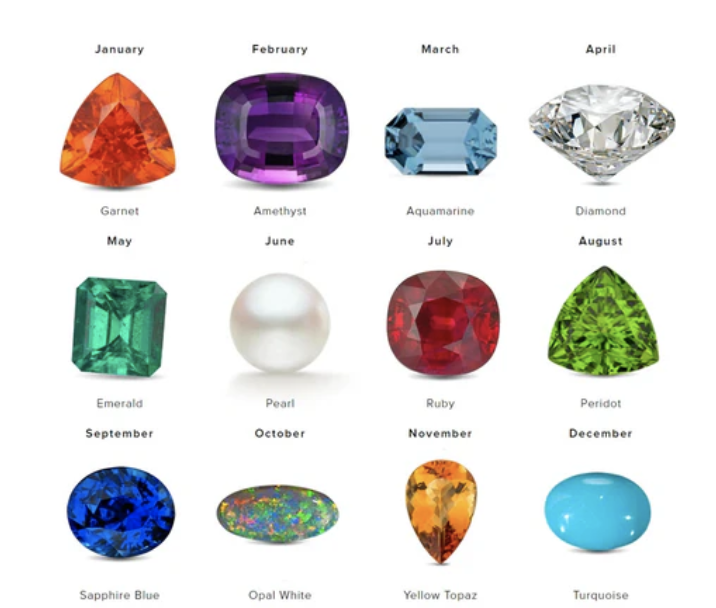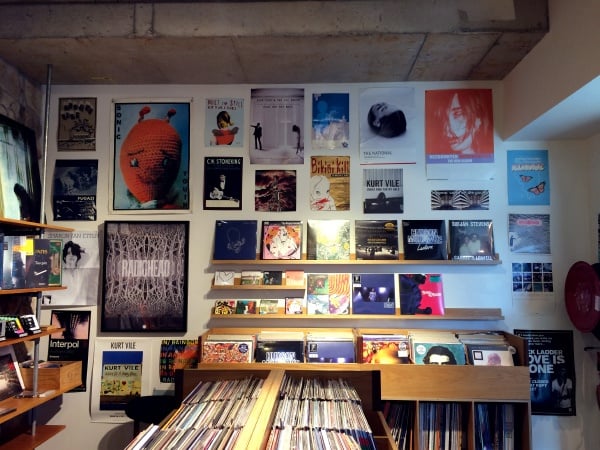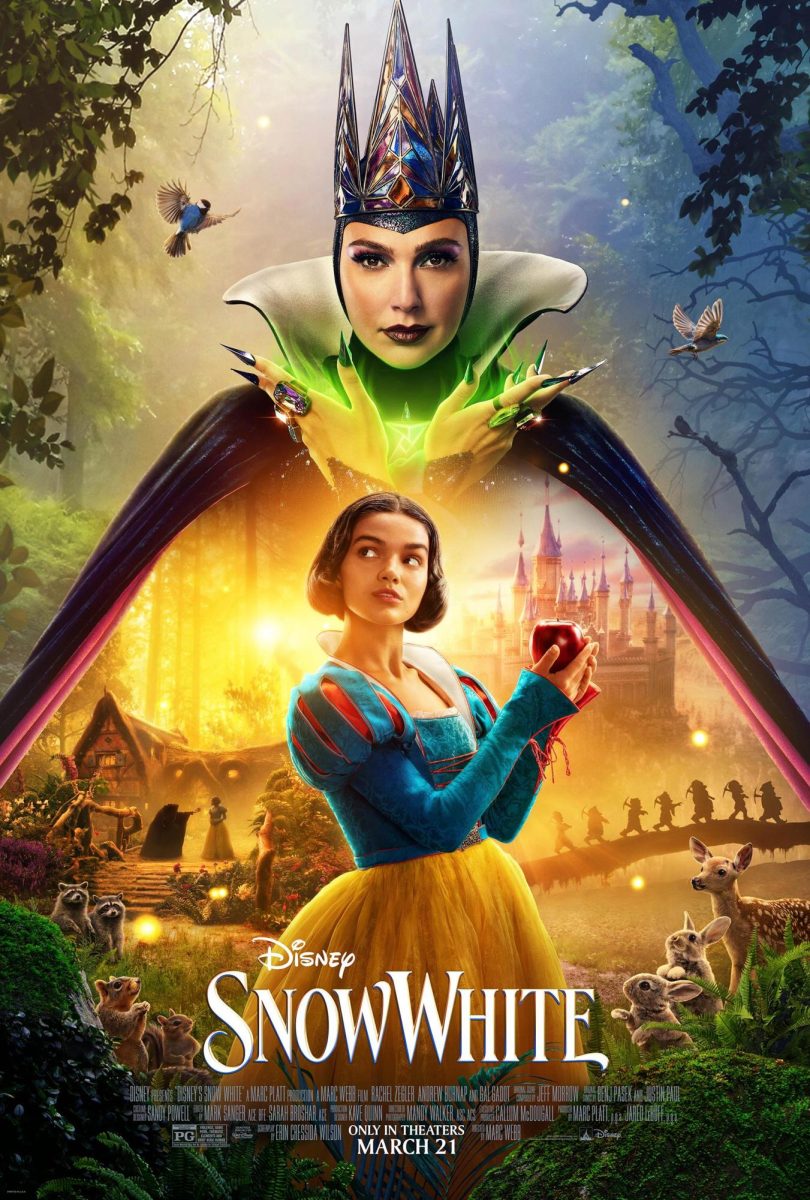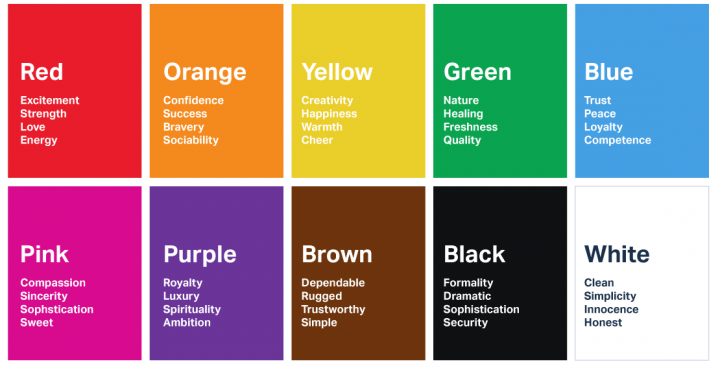Color: Expressions of Light
Colors come not just in many shades, but in many meanings as well.
January 18, 2022
Color—it is everywhere around us, and constantly influences us in many more ways than we realize. Vast oceans paint the earth with cerulean waves, while the galaxy drapes a curtain of dark sapphire over the sky at night. From artwork to warning signs, color plays an important role in evoking certain emotions and thoughts within the human mind. Scientifically, colors are thought to be formed by the way an object reflects or emits light; however, this idea of color is applicable to the other meanings color holds as well. Color does indeed act as a form of light in our lives, adding depth and vividness to the world that would otherwise be dreary. All things considered, it is valuable to understand how exactly color influences our lives and psychology, to have a better appreciation for the beauty and expression provided by it.
Starting with the basics, colors are divided into different sub-groups according to their similarity in shade and the types of emotions they evoke. Warm colors such as red, orange, and yellow “evoke emotions ranging from feelings of warmth and comfort to feelings of anger and hostility.” Cool colors such as blue, purple, and green “are often described as calm, but can also call to mind feelings of sadness or indifference” (verywellmind.com). Yuhan (Cara) Tang (11) says, “I think colors can heavily affect someone’s mood because different colors can evoke [different] emotions. For example, when I draw something or someone that is bright or cheerful, I would often use warm colors such as yellow, white, and red. On the other hand, I would use cooler colors such as blue, green, and purple [for] something or someone that is more calm.” Most main colors have commonly agreed upon meanings or emotions associated with them; red roses are a symbol of love, orange flames provide feelings of warmth, yellow smiley face stickers are used as symbols of achievement, lush green forests provide mental tranquility, blue ocean waves calm the soul, and purple galaxies leave viewers in awe. There are numerous interpretations of the meanings behind every color, providing artistic value and depth when employed well.
Prevalent in our everyday lives, symbolism and psychology are intertwined with color. Color influences what we feel—and what we feel influences what we eat, what we buy, and what we do. Various companies and brands take color into consideration for their logos, to fully maximize their marketing efficiency. For example, red is considered best for restaurants as it provides a sense of urgency and hunger, and is seen in logos of companies such as McDonalds and Target. Red is also seen in stop signs, evoking a sense of urgency in drivers to take caution and stop their vehicles. Even in terms of beauty, color plays a vital role in attracting attention or creating a certain aesthetic, depending on a color’s psychological influence. Once again, the use of the color red is a prime example of color being utilized for psychological reasons; a red dress or red lipstick is seen as striking and visually attractive to the eye (as the color red has the longest wavelengths), and a shiny, red car is typically seen as more visually appealing to buyers over a car of a darker color.
Even black and white, regarded as the absence of color and sum of colors, affect psychology. Colors make up more than just light and pigments, evoking innate and special emotions within; when paired with other psychologically influential forms of art, such as music or writing, the meaning and emotion behind something is greatly enhanced. Almost anywhere you are and anything you feel is colorful in some way, and to understand the colors life consists of provides an understanding of the world around you.


